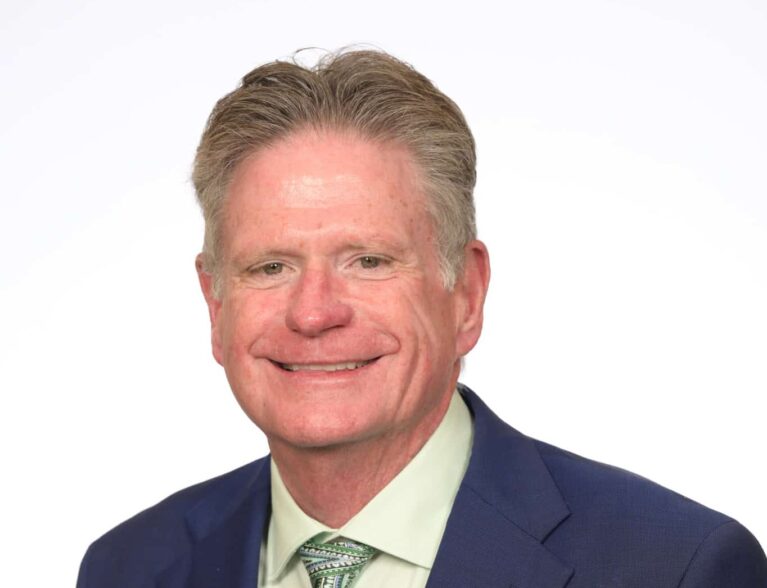
If it seems to you like there are more osteopaths than ever before, in hospitals and private practice, your perception is accurate.
The reason is simple, according to Dr. Michael J. McLaughlin, MD, CPE, chief medical officer of Orlando Health East Region. “There’s a tremendous shortage of doctors in the U.S., and that shortage is projected to increase over the next 10 years,” he says.
“It’s a very slow process to build up a new medical school, but it doesn’t take nearly as long to open a new school of osteopathic medicine. That’s one reason the number of doctors of osteopathic medicine, or DOs, has grown 70 percent in the last decade and is expected to keep increasing.”
The American Osteopathic Association (AOA) explains that DOs bring a distinctive approach to caring for patients across the full spectrum of medicine, with a significant number choosing to pursue careers as frontline physicians in primary care specialties such as family medicine, internal medicine and pediatrics.
AOA says that some 53 percent of osteopathic candidates matched into primary care residency programs in 2024. They will play a critical role in helping to alleviate a shortage of up to 86,000 U.S. physicians by 2036, as projected by the Association of American Medical Colleges.
According to Dr. McLaughlin, 30 or 40 years ago, there was a far greater difference in how osteopaths were perceived by the general population than there is today.
“That perception has narrowed significantly. The mind-body-spirit approach that DOS bring to medical care is more highly regarded now than it was in the past.”
Medical News Today concurs, stating that the main difference between DOs and MDs comes down to the philosophy of care. DOs practice an osteopathic approach to care, while MDs practice an allopathic approach to care.
An allopathic approach focuses on contemporary, research-based medicine, and it often uses medications or surgery to treat and manage different conditions.
An osteopathic approach to care focuses on the whole body, not just an ailing part. DOs tend to emphasize preventative care, while still using all the latest medicines and medical technology as needed.
“Insurance companies don’t favor one over the other,” Dr. McLaughlin says. “Patients shouldn’t fear that DOs aren’t as good as MDs.
“In the United States,” he continues, “medical schools are accredited by either the Liaison Committee on Medical Education, which assesses the quality and standards of schools that grant MD degrees, or the Commission on Osteopathic College Accreditation, which judges the fitness of schools granting DO degrees.
Mayo Clinic explains that after medical school, both kinds of doctors must complete training as residents in the specialty they choose. They also must pass the same licensing exam before they can treat people and prescribe medicines.
Physicians Thrive, which helps doctors navigate their careers, explains the key differences between osteopaths and medical doctors:
- Core Focus: A DO prioritizes holistic health, treating a person as a whole entity and emphasizing self-healing and health maintenance, while an MD adopts a more specialized, “part-focused” approach.
- Prerequisites: Both programs have prerequisites; DOs may emphasize different courses with a whole-body approach, but biology, organic chemistry and physics are baseline requirements.
- Clinical Experience: Both degree programs require relevant hands-on clinical experience for licensing.
- Licensing: Formal licensing is required for DOs and MDs after medical school. DOs spend at least four years focusing on preventative medicine, while MDs may invest six or more years in specialized medical education.
Both educational paths are intense and require highly qualified students who have earned a bachelor’s degree in a related field.
Dr. McLaughlin explains that osteopathic physicians were often barred from working in “regular” allopathic hospitals in the past. This changed significantly during the mid-to-late 20th century, culminating in the full integration of DOs into mainstream medicine in the United States.
“My own primary care doctor is a DO,” he explains. “I couldn’t be happier with the medical care I receive.”
Dr. Michael J. McLaughlin, MD, CPE, is chief medical officer of Orlando Health East Region, which operates hospitals in Melbourne and Sebastian.



